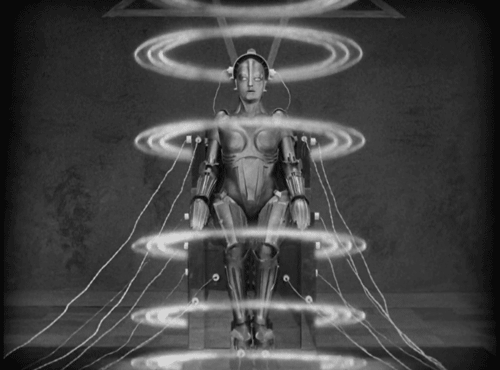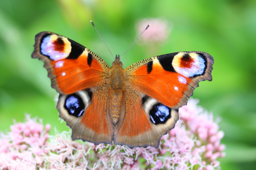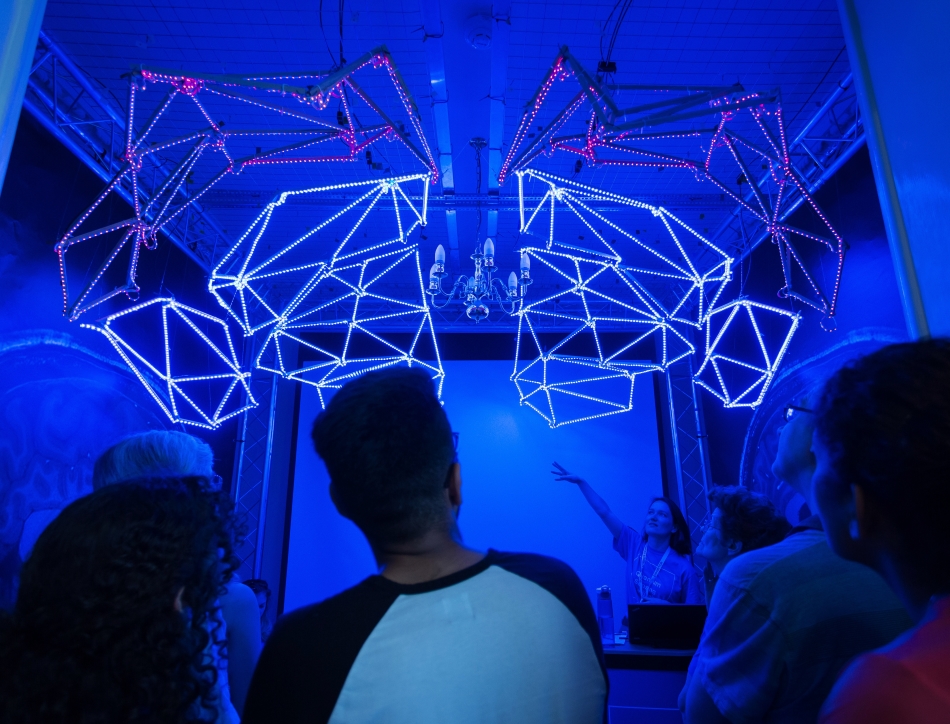The Future of Art and Architecture
A major new show by global architecture firm Skidmore, Owings & Merrill (SOM) in collaboration with Princeton University, TUDelft and Global Robots, takes over the 1300 m2 Ambika P3, presenting an action-packed live robotic construction and other innovations that transform the way we build now and in the future.
Clues to help solve future challenges in design and construction from embodied carbon to structures inspired by nature can be found by examining SOM’s history of innovation in engineering, research, sustainability and the ground-breaking ideas that have shaped some of the world’s most significant structures and works of art. This quest is at the heart of this major new exhibition that will take a sweeping journey across the multidisciplinary design process at SOM.
Through hand-drawn sketches, sculptures, research models, innovative digital fabrication methods, immersive videos, and a line–up of more than 30 structural building models of SOM’s most unique buildings, including:
- Broadgate Exchange House and The Stratford in London
- Karlatornet in Gothenburg
- Willis Tower (formerly Sears) in Chicago
- Burj Khalifa in Dubai
The exhibition seeks to establish a dialogue between past and present, ideas that lead to new architecture, and an unexpected approach to realising artworks.
Organised according to five themes – Research + Future, Efficiency + Economy, Hierarchy + Order, Scale + Form, and Creation + Collaboration – visitors will tower over models of SOM’s tallest skyscrapers, and explore the intersection of art, architecture, structural design, with a dive into SOM’s recent collaborations with artists, including Janet Echelman, James Carpenter, Jaume Plensa, and Iñigo Manglano-Ovalle.
At the heart of the show is a soaring vault built of glass bricks, assembled live onsite by robots through the course of the exhibition. A joint effort between SOM and Princeton University, USA, in consultation with the TU Delft Glass & Transparency Research Group in the Netherlands, the demonstration marries architecture and digital fabrication to explore the next frontier in building construction.
Challenging conventional materials and construction methods, the exhibition explores a more sustainable future—with applicability today—driven by smarter materials, new efficient structures, and clever uses of automation.
About Skidmore, Owings & Merrill
Skidmore, Owings & Merrill (SOM) is an influential collective of architects, designers, engineers and planners, responsible for some of the world’s most technically and environmentally advanced buildings, and significant public spaces. From a strategic regional plan to a single piece of furniture, SOM's designs anticipate change in the way we live, work and communicate, and have brought lasting value to communities around the world. The firm's approach is highly collaborative, and its interdisciplinary team is engaged on a wide range of international projects, with creative studios based across the globe.
 |
| Ambika P3 |
Artist Talk By Iwasaki Takahiro
Iwasaki Takahiro is one of Japan’s most respected contemporary artists. Using everyday materials, Iwasaki is known for creating series of works that convey a fine sense of handiwork and technique of figurative representation. Exploring the relationship among art, space and nature, his iconic series, Out of Disorder (2006) is a sculptural installation of beautiful architectural miniatures made out of readily available materials such as towels, toothbrushes and rolls of duct tape. This series cemented his standing in the international contemporary art scene. His extraordinary skill of transforming ordinary materials into mesmerizing works is admirable and always challenges the perception of viewers.
His works have been taken up by many international exhibitions including Yokohama Triennale (2011) and the 2013 Asian Art Biennale in Taiwan. More recently he was also the representative artist for the Japan Pavilion at the 57th Venice Biennale.
Celebrating the Japan Foundation’s exhibition, The Superlative Artistry of Japan at the Salford Museum and Art Gallery (until 19 April 2020) where Iwasaki’s work is exhibited, Iwasaki will explain his work to date and the creation process of his sometimes painstakingly elaborate works, discussing the meaning of tangibility in contemporary art as well as why the labour intensive creative process is still important to him.
 |
| Royal Society of Arts (RSA) |
Making New Plants: A History
This lecture examines the work of Hugo de Vries, a Dutch botanist who was one of the first to claim that science would allow plants and animals to be designed to order.
No reservations are required for this lecture. It will be run on a ‘first come, first served’ basis.
Doors will open at 5.30 and the lecture will start at 6.00.
It also looks at the early twentieth-century ‘Station for Experimental Evolution’ in New York, and at the utopian vision of Charlotte Gilman Perkins’ Herland (1915), a novel describing a lost world populated by women that took the form of a perfect garden, whose wonderful plants and lack of men were both explained by de Vries’ theory of mutation.
Jim is Professor of the History of Science at the University of Sussex. He specialises in Victorian natural history and the modern genetics and has presented programmes for BBC Radio 4.
 |
| Barnard's Inn Hall |
Biodiversity Winners and Losers from Climate Warming
The climate is changing and many species are shifting their distributions, expanding northwards as new areas become suitable, but disappearing from other locations that become too hot and dry. Britain has a wealth of information about changes in biodiversity over many decades because of the general public’s fascination with recording animals and plants—and butterflies are a particular favourite. Such information helps us examine species’ responses, and the factors responsible for variation among species. This talk examines recent patterns of climate-driven range changes among species, and how this knowledge is being used to inform conservation.
Conservation to improve habitat connectivity can help species reach new areas, and habitat management can help prevent climate-driven extinctions, thereby helping to reduce biodiversity losses. Recent media reports about ‘insectageddon’ together with the IPBES estimate that 1 million species are threatened with extinction, makes it imperative to understand which species are winners and losers in the Anthropocene.
- This event is free and open to all.
- Registration is essential. Seats will be allocated on a first-come, first-served basis.
- Doors will open at 17:30.
- Tea will be served in the Library from 17:30 and the event will be followed by a white wine reception.
Jane Hill is a Professor of Ecology in the Department of Biology at the University of York. Jane is a trustee of the SE Asia Rainforest Research Partnership, and a trustee of the British Ecological Society. She received a Marsh/ZSL Award for Conservation Biology in 2011, and is an Honorary Fellow of the Royal Entomological Society. Jane is also involved in promoting women in science; leading the York Biology Department to an Athena SWAN Gold Award.
 |
| The Linnean Society of London |
Music and Birds: A Violinist’s View
In this talk we explore the connections between great composers of both the human and avian worlds: from Mozart’s beloved pet starling to Vaughan Williams’ ascending lark. Do female birds sing or was Darwin accurate in portraying them as far too coy compared to their ardent males?
- This event is free and open to all.
- Registration is essential. Seats will be allocated on a first-come, first-served basis.
- Doors will open at 17:30.
- Tea will be served in the Library from 17:30 and the event will be followed by a white wine reception.
Classical violinist, Paul Barritt, Permanent Guest Leader of the Hallé Orchestra, explores the use of birds, their image, calls and sounds in classical music in a talk complete with musical examples both electronic and live.
 |
| The Linnean Society of London |
Summer Science Exhibition Lates
Late night opening offers an exclusive and exciting programme of activities, alongside the opportunity to see 22 exhibits showcasing cutting-edge research in the main exhibition. From the science of beatboxing to 3D printing food, these innovative workshops, talks and hands-on activities make this an evening not to be missed for those with curious minds.
Attending the event
- Free to attend
- No registration required
- Over-18s only
- Doors open from 6pm
With more than 22 exhibits exploring the very latest advances in science, and access to hundreds of scientists, the Summer Science Exhibition offers a unique opportunity to explore the science shaping our future with the people making it happen.
Would you trust a driverless car? Find out how the very latest advances in sensors and artificial intelligence promise to make autonomous cars safer than human drivers.
What would you say to an alien? Look out to the Universe with the latest hi-tech instruments enabling the search for advanced civilisations in outer space to reach further than ever before. Plus you can join the debate on what, if anything, we should say to them.
What would it be like to live on the moon? 50 years after the Apollo 11 Moon landings, come and ask our space scientists how advances in British science are taking humanity one step closer to living on this lunar landscape.
What colour is the sound of rain? Hear from the people living with synaesthesia, a condition that blurs the senses. Test your own senses to find out if you are in the 1.5% of the population thought to have mirror-sensory synaesthesia, which causes individuals struggle to differentiate between their own bodily feelings and other people's.
What's the quietest place in the Universe? Surprisingly it sits next to the M6 motorway… Discover how the use of this state-of-the-art ‘isolation’ laboratory is helping scientists to develop brand new materials and technology in a space that is completely free of ‘noise’.
See all this and more at the Summer Science Exhibition 2019. Click to find out more about the research.
 |
| The Royal Society |